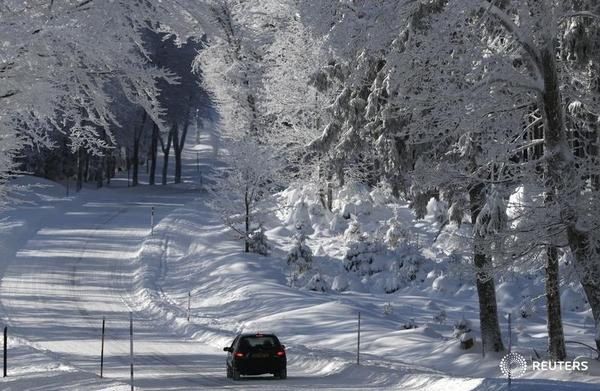Pack a roadside safety kit before hitting the road

Employees are often required to operate motor vehicles on public roadways and highways. These road trips usually include driving a company, personal or rental vehicle for the purpose of conducting business.
Driving, especially in winter, is considered a high risk activity. Safety professionals need to seek opportunities to minimize employees' risk related to driving activities. Share the following safety tips with any of your employees who drive for work:
1. Conduct a personal assessment of your current physical and mental state to ensure your are capable of safely completing the trip.
2. Review local weather forecasts and plan your trip according to driving conditions. Any decision to accept the driving should be based on road condition information, personal observations and from radio weather reports.
3. Conduct a pre-trip inspection and pre-use visual check of the vehicle prior to travelling, looking for potential issues or damage, and checking for adequate fuel levels.
4. Pack a roadside safety kit that will provide you with the necessary emergency equipment should the vehicle be disabled during the trip. A typical kit may contain the following items:
•booster cables
•emergency flare
•waterproof flashlight
•“call police banner”
•gloves
•blanket
•first aid kit.
5. Once on the road, continuously assess and monitor weather and road conditions. If adverse weather conditions arise during the trip, stop at a safe location and reassess the situation before proceeding with the driving.
6. Avoid driving at night, if possible, or keep it to a minimum. It is better to travel during normal business hours during daylight to avoid the many challenges associated with nighttime driving.
7. Stay alert for rail crossing signs, lights and warning devices as trains may be approaching at any time.
8. Keep an eye out for wildlife. Wild animals are very unpredictable at all times, especially when they are seeking road salt from ditches and also during mating season. If possible, avoid driving during dusk or dawn when most wildlife collisions occur.
9. Use a log book to report maintenance and usage information. All defects or issues must be reported as soon as possible to the person responsible for the vehicle.






